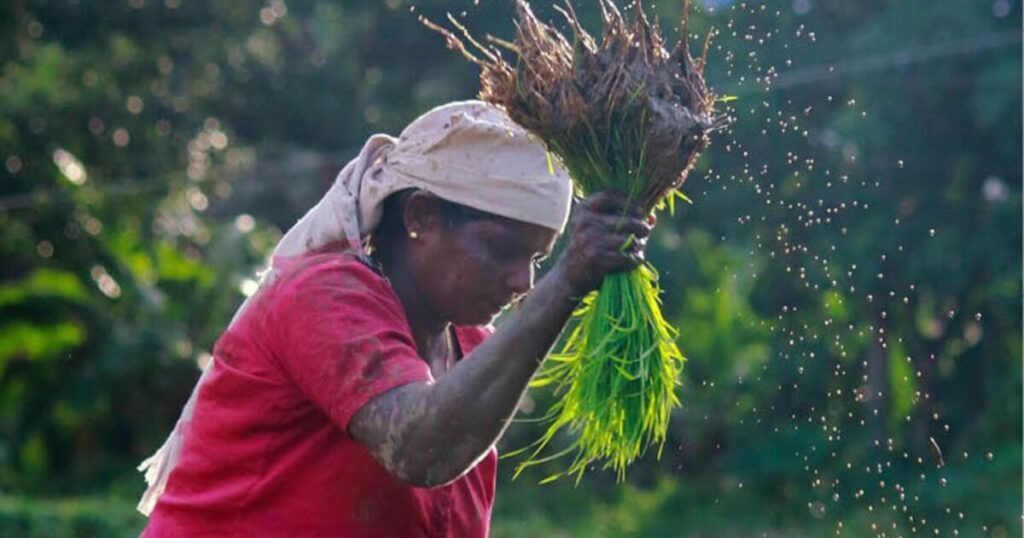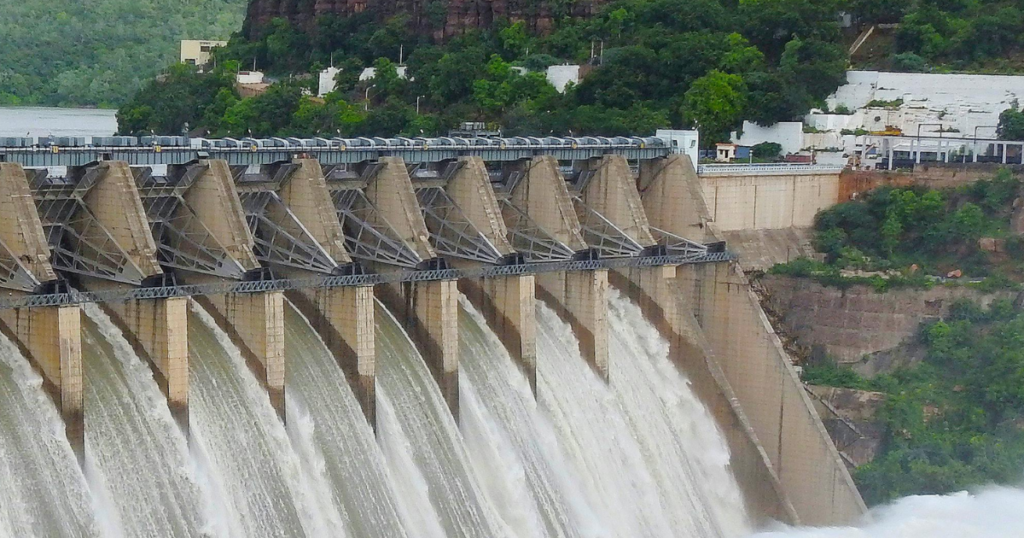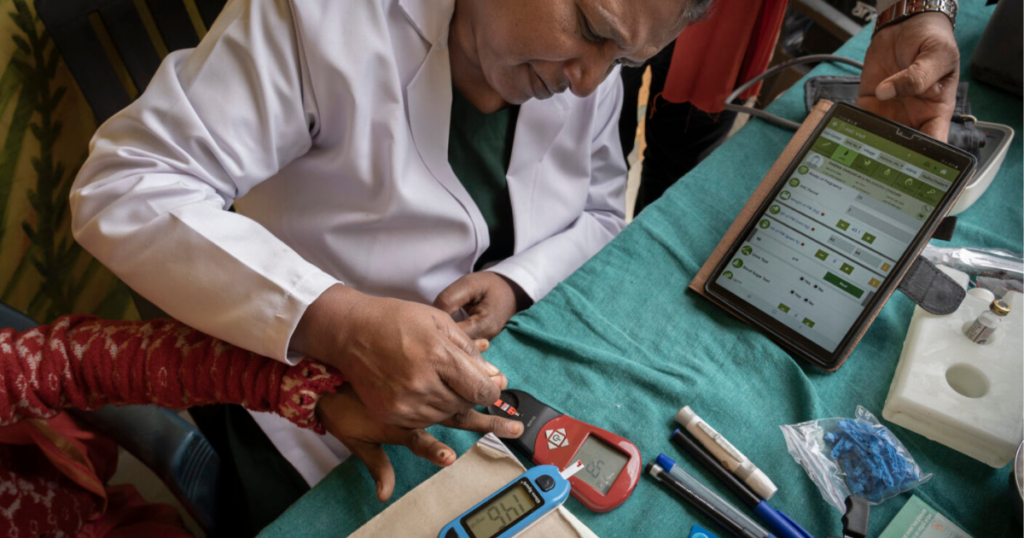With the impact of climate change mounting, being the third largest emitter of greenhouse gas is no longer a sustainable option for India. While efforts to move to a more green economy have been outlined by India’s Nationally Determined Contributions (NDC) to ‘reduce emissions intensity of its GDP by 45% by 2030 from 2005 level’, this journey is fraught with challenges (India’s NDC Submission to UNFCCC August 2022).
A significant change that could accelerate it, would be to address the backbone of the Indian economy, which also contributes significantly to emissions: agriculture. To solve the current challenges and barriers to adopting climate-resilient practices in agriculture, focusing on the challenges faced by smallholder farmers (SHG) will be key. There needs to be a push towards enhancing understanding, sharing technical knowledge, providing remunerative benefits, and reducing high costs in the initial adoption of emission-reducing activities, especially for SHGs.
The commodifying of carbon through the use of carbon credits at the farm level could be a potential solution. With the understanding of carbon credit markets evolving in the last few years, voluntary demand for these credits, generated through carbon sequestration across various sectors, has been rapidly growing globally (Taskforce on Scaling Voluntary Carbon Markets 2021). Even India has recently latched onto carbon markets by passing the Energy Conservation (Amendment) Bill in 2022, setting forth a plan to regulate high emission sectors like energy, manufacturing and cement (Moneycontrol News 2022). Based on the success and efficacy of implementing carbon markets across these sectors, the agriculture sector could benefit from any best practices and learnings that emerge.
Carbon credits have the potential to enable SHGs particularly, by generating a supplemental revenue stream for them, enticing more financing and investments in climate-resilient projects and establishing a carbon trading platform for greater transparency and trust amongst all stakeholders.
However, India still has a long way to go towards establishing carbon as a commodity, as this would require the right mix of stakeholder support. For example, national-level authorities would need to set carbon at a standard price, these credits would then need to be traded on platforms by vendors and accepted by farmers as any other agricultural commodity like sugar or cotton. Some key recommendations that could mutually enhance stakeholder support and bolster the adoption of carbon as a commodity include:
- Involving more carbon project funders and developers in agriculture to influence more capital investments and fund training and awareness campaigns for end-level stakeholders and farmers.
- Introducing agencies that standardise carbon credits through proper verification and evaluation mechanisms.
- Involving policy-makers and government authorities to establish carbon policies to promote trust amongst stakeholders.
Authors: Ayushi Baloni and Ashutosh Choudhary
Technical Review: Debaranjan Pujahari




